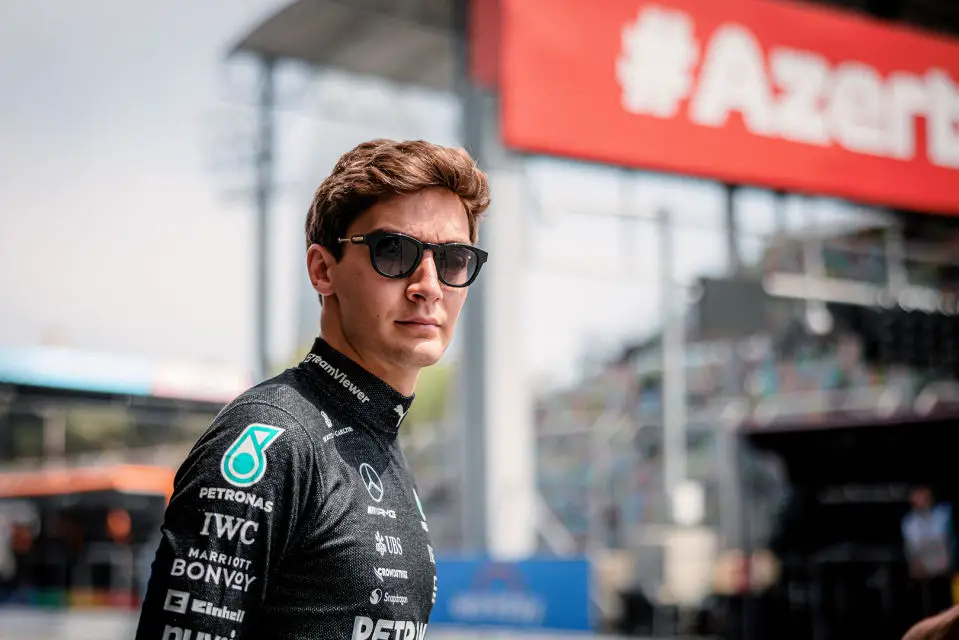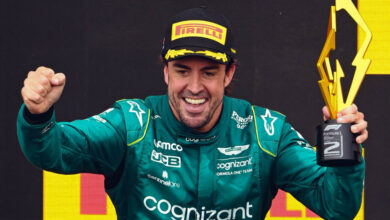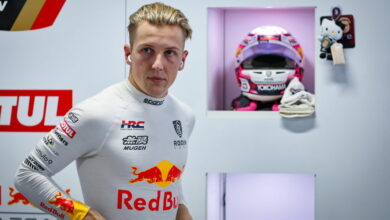F1 News: George Russell Expresses Doubt Over Efficacy of New Safety Measure – “Not Enough”
George Russell, Mercedes driver and director of the Grand Prix Drivers’ Association, has cast doubt on the effectiveness of the latest safety measure introduced in Formula 1. Russell emphasized that the new vents on the F1 cars, designed to enhance airflow to the drivers, won’t suffice under extreme heat conditions similar to those experienced during the Qatar Grand Prix in 2023.
Key Takeaways:
- George Russell, Mercedes driver and Grand Prix Drivers’ Association director, voiced concerns about the effectiveness of newly added cooling vents on F1 cars under extreme heat conditions, referencing the high temperatures experienced in Qatar last year.
- Following the 2023 Qatar Grand Prix, where drivers faced medical issues due to extreme temperatures, F1 teams incorporated air vents to redirect airflow to drivers in the cockpit.
- Pirelli’s implementation of a maximum stint length on tire sets, combined with concerns about cuts, led to faster race paces. In response, the FIA approved a new cooling duct for 2024, but Russell, after testing, expressed doubt about its adequacy in addressing heat-related challenges observed in Qatar.

After experimenting with the new vents on the Mercedes W15 F1 car during the pre-season testing in Bahrain, Russell determined that the cooling measures would be inadequate. When asked by the media how the new vents would have performed under heated conditions like Qatar last year, he said:
“There was more change with that extra event, but I don’t think it would have made a substantial difference in Qatar last year.
“I think with the ambient temperatures we had and the humidity, the feeling was [in the] high 40 degrees. I think somebody had a calculation that the feeling was 48 degrees in Qatar.
“Ever since Romain [Grosjean]’s crash a couple of years ago, the race kits are getting thicker and thicker with fireproof layers.
“The body temperature was probably closing in on 40 degrees which is borderline ‘you’re getting [sent to] the hospital’.
“[It’s] a very, very small step but unfortunately it’s still not enough.”
Russell’s remarks underscore the ongoing challenge faced by F1 in ensuring driver safety under extreme conditions. Despite advances in technology, concerns remain regarding the adequacy of safety measures, particularly in mitigating risks associated with high temperatures. As the sport continues to evolve, the debate over safety enhancements will undoubtedly persist, with stakeholders striving to strike a balance between performance and protection on the track.


